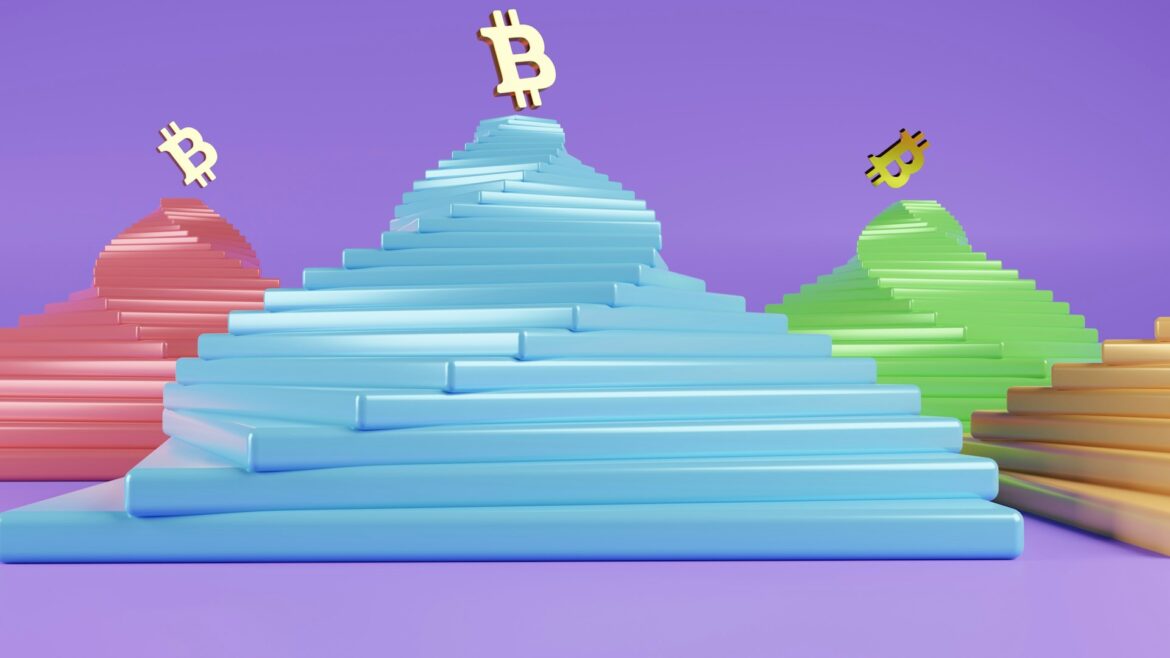Introduction to the Digital Dollar Initiative
In November 2024, the Federal Reserve officially kicked off its pilot programs for a Central Bank Digital Currency (CBDC), often referred to as the “digital dollar.” This groundbreaking initiative is part of a broader effort to modernize the U.S. payment system, making it more efficient and inclusive. As the global economy evolves, the implementation of a digital currency is viewed as essential for maintaining the United States’ leadership in the financial sphere. The aim is to create a secure and user-friendly digital currency focused on promoting economic growth, enhancing transaction efficiency, and improving access to financial services for all citizens.
Understanding Central Bank Digital Currencies
A Central Bank Digital Currency (CBDC) represents a digital version of a nation’s currency that is issued and regulated by its central bank. Unlike cryptocurrencies, which operate in a decentralized manner and are often backed by speculative markets, CBDCs are officially sanctioned and backed by the full faith and credit of the government. Essentially, a digital dollar could function just like cash but in a digital format, enabling users to conduct transactions seamlessly and securely through electronic devices. This evolution in currency aims to reflect the growing trend toward cashless transactions and the grasp of digital technology in everyday life.
Expert Perspectives on the Digital Dollar
Industry experts are generally optimistic about the introduction of the digital dollar. Sarah Patel, a well-known fintech strategist, expressed her enthusiasm for this innovation, stating, “The digital dollar is a leap forward for financial innovation. It’s combining the stability of traditional money with the efficiency of digital technology.” This sentiment highlights the potential of the digital dollar to offer users both security and convenience while also ensuring that monetary systems remain robust and dependable.
A Closer Look at Pilot Programs
The Federal Reserve’s pilot programs are strategically focused on several key areas to test the feasibility and effectiveness of the digital dollar. First, there are initiatives designed for retail transactions, where selected cities will use the digital dollar for everyday purchases, including groceries and utility bills. Next, the program encompasses cross-border payments, where international collaborations will evaluate how CBDCs can streamline foreign transactions and reduce associated costs. Finally, a crucial component of these pilot programs is financial inclusion, targeting unbanked communities to extend secure digital payment options, thereby fostering greater access to financial resources.
Anticipated Economic Benefits
Among the several advantages anticipated with the introduction of the digital dollar, some of the most significant include faster transaction times, reduced transaction fees, and overall improvements in monetary policy implementation. The digital dollar is expected to offer enhanced transparency and security within financial transactions, which can help in combating fraud and ensuring that financial systems remain resilient. By speeding up transaction processes and lowering costs, the digital dollar has the potential to encourage consumer spending and boost the overall economy.
Addressing Challenges and Concerns
While the prospect of a digital currency brings numerous benefits, it is not without its challenges. Privacy concerns have emerged as a significant hurdle, particularly regarding how user data might be managed and safeguarded. Additionally, the traditional banking system could face disruptions as electronic currency becomes more mainstream, leading to speculation about the future of physical bank branches and the roles of existing financial institutions. To address such issues, the Federal Reserve is engaging in comprehensive stakeholder consultations and implementing robust safeguards aimed at preserving consumers’ privacy and ensuring that the transition is smooth and inclusive.
Conclusion
The Federal Reserve’s pilot program for the digital dollar represents a pivotal moment in the evolution of the U.S. financial system. By embracing the concept of a Central Bank Digital Currency, the Federal Reserve is acknowledging the changing landscape of payment systems and the necessity for innovation. If successful, the digital dollar could enhance financial inclusion, expedite transactions, and bolster the overall economy. However, the road ahead will require careful consideration of privacy and banking implications, underlining the importance of stakeholder engagement in shaping the future of money.
FAQs
What is a Central Bank Digital Currency (CBDC)?
A CBDC is a digital version of a country’s currency that is issued and regulated by the central bank. Unlike cryptocurrencies, it is backed by the government.
How does the digital dollar aim to improve financial inclusion?
The digital dollar pilot programs specifically target unbanked populations, providing them with access to secure digital payments to enhance their financial capabilities.
What are the expected benefits of the digital dollar for consumers?
Expected benefits include faster transaction times, reduced fees, and improved security, leading to a more efficient payment system overall.
What challenges does the digital dollar face?
Key challenges include privacy concerns and potential impacts on existing banking systems, which the Federal Reserve is actively working to address.
What is the timeline for the digital dollar initiative?
The pilot programs began in November 2024, with ongoing assessments and evaluations to determine the future viability of the digital dollar.

